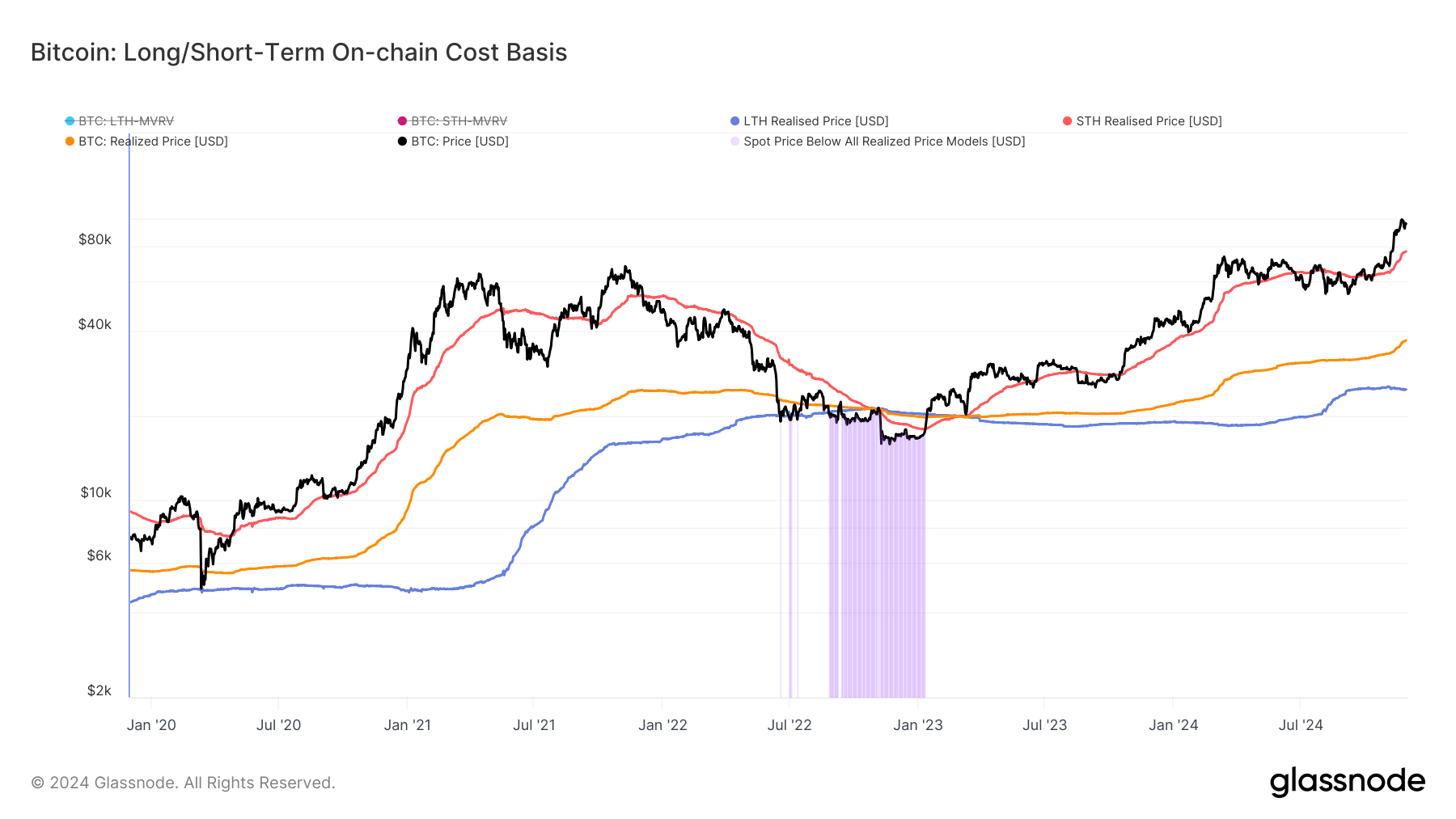ARTICLE AD BOX
TLDR
- Tether discontinues EURT support in EU due to MiCA regulations, giving users until Nov 2025 to redeem
- Coinbase ending USDC Rewards program for EU customers on Dec 1, 2024
- MiCA regulations ban stablecoin interest earnings and require strict compliance by Dec 30, 2024
- Critics warn MiCA could disadvantage European crypto projects while favoring non-EU issuers
- Both Tether and Coinbase making strategic exits from certain EU stablecoin services ahead of regulations
Major cryptocurrency service providers are pulling back from European markets as the deadline approaches for the EU’s Markets in Crypto-Assets (MiCA) regulation. Both Tether and Coinbase have announced changes to their European operations, marking a shift in the region’s stablecoin landscape.
Tether, which manages the largest stablecoin by market value, announced on November 27, 2024, that it will stop supporting its euro-backed stablecoin, EURT, within the European Union. The company has given users until November 27, 2025, to redeem their EURT holdings on various blockchains.
In a parallel move, cryptocurrency exchange Coinbase informed its European Economic Area (EEA) customers that it will end its USDC Rewards program on December 1, 2024. The program has allowed users to earn yields on their USDC holdings, but this practice will soon conflict with new regulatory requirements.
The EEA market, which includes 27 EU member states plus Iceland, Norway, and Liechtenstein, must adapt to MiCA’s new framework. This regulation introduces strict requirements for stablecoin issuers, including rules about reserve management and operational standards.
These changes affect a broad market. The EEA represents a large portion of the global cryptocurrency market, with millions of users now facing service reductions. Customers holding EURT or participating in USDC Rewards programs must adjust their investment strategies.
MiCA’s requirements pose challenges for stablecoin issuers. The regulation demands that “e-money tokens” maintain robust reserves and meet specific operational standards. It also requires a fixed redemption value for holders, which adds complexity to stablecoin operations.
MICA is kicking in -> Sunsetting USDC Rewards in the EU Due to MiCA @coinbase @circle pic.twitter.com/8GCGlpt8Xd
— Marina Markezic (@MarinaMarkezic) November 28, 2024
The new framework bans offering interest on stablecoins, directly impacting services like Coinbase’s USDC Rewards. This prohibition aims to protect consumers but has led to the discontinuation of popular yield-generating products.
Tether’s response includes a strategic investment in Quantoz Payments, showing plans to adapt rather than completely exit the market. This move suggests the company is working toward offering MiCA-compliant stablecoins called EURQ and USDQ.
Critics of the regulation point out potential problems. Some industry experts warn that MiCA might give advantages to large non-European stablecoin issuers over local ones. The regulatory requirements could create barriers that make it harder for European projects to compete globally.
The timing of these announcements aligns with MiCA’s compliance deadline of December 30, 2024. Companies must adjust their services before this date or face regulatory consequences. This has led to a rush of service changes and updates from major crypto firms.
Paul Berg, co-founder of token streaming protocol Sablier, expressed frustration about the changes. In a social media post, he sarcastically thanked the EU for “protecting” him from earning yields on his USD Coin holdings through Coinbase.
Ripple Labs’ technology chief David Schwartz added to the discussion, noting how regulations often prevent companies from offering services that benefit consumers. His comments reflect broader industry concerns about regulatory impact on user services.
These changes happen as Tether faces ongoing scrutiny about its reserve management. The company has dealt with questions about its dollar backing and transparency in audits. However, Tether remains a dominant force in the stablecoin market despite these challenges.
Coinbase’s broader European strategy includes delisting non-compliant stablecoins by the end of 2024. This includes removing Tether’s USDT from its European exchange, showing how MiCA affects multiple aspects of crypto services.
The most recent development saw Tether announcing its EURT suspension “until a more risk-averse framework is in place.” This gives users a one-year window to manage their holdings, though the company hasn’t specified plans for after this period.
 2 hours ago
159
2 hours ago
159











 English (US) ·
English (US) ·